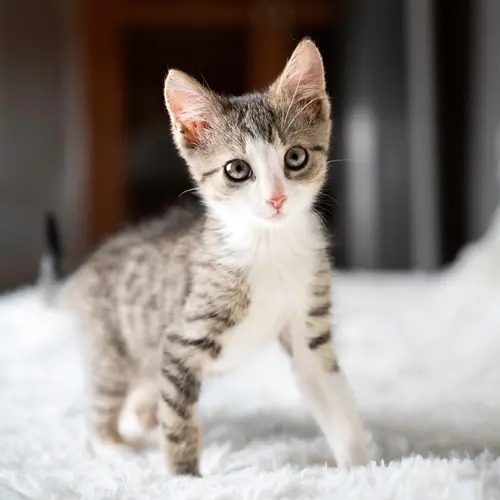Fleas are common pests that affect dogs, cats, and their owners. These small insects feed on the blood of dogs and cats. While wingless, fleas can jump as far as 13 inches, nearly 200 times the length of their bodies.
Not only are fleas tiny, but they’re also quick. You might not even know they’re there at first. Some pets are more sensitive to the bites than others. The insects’ saliva causes an allergic reaction, which leads to itchiness. You might notice your pet scratching more often. A closer look at your pet might show scabs, flea dirt, or what looks like salt and pepper in their bed.
Fleas don’t affect only animals. They may also bite you, leaving itchy welts on your skin. Some may also transmit diseases such as typhus and plague. They can infect cats with “cat scratch disease,” which your cat can then pass to you. Some fleas may also pass tapeworms to animals and people.
Remedies and Treatments for Fleas
If you notice fleas on your pet or in your home, you should take care of the issue quickly. They multiply fast, and a few can turn into a serious infestation, causing problems for you and your pets. Here are a few remedies and treatments you can use to get rid of fleas:
Give Your Pet a Bath
One of the first solutions to get rid of fleas from your pet is to bathe them. Wash your pet using Dawn dish soap or a pet shampoo formulated for fleas. The dish soap can help to drown adult fleas, helping to remove them from your pet’s body. It can strip oils from your pet’s fur, though, and dry out their skin. You should avoid bathing your pet too often.
Use a Flea Comb With Dish Soap
Fleas are tiny, fast, and difficult to grab. One way to remove them from your pet’s fur is to use a flea comb. Dipping the comb in a mixture of water and dish soap will help to catch the insects, keeping them from jumping away. The comb can also help to remove eggs from your pet’s fur.
Spray an Apple Cider Vinegar Solution on Your Pet
Apple cider vinegar can’t kill fleas, but it can help to repel them. Fleas don’t like the smell or taste of it, so they’re likely to avoid your pet if they have it on their fur. Dilute apple cider vinegar in water and add it to a spray bottle. If your pet doesn’t enjoy getting sprayed, dip a brush in the mixture and distribute it into their fur with a grooming session.
Wash All Pet Bedding
Flea eggs can fall off your pet and into their bedding or anywhere else they sleep. The eggs can live there for months until the right conditions allow them to hatch. Throw their bedding, your sheets, and all other fabrics your dog sleeps on into the washing machine and wash with hot, soapy water. Then place everything in the dryer at the highest possible setting that’s safe for the fabrics. If you have a lot of fleas in your home, another option is to get rid of all pet bedding and sheets and start fresh.
Sprinkle Diatomaceous Earth
Diatomaceous earth is deadly to pests like fleas but harmless to animals like cats and dogs. Sprinkle some on your pet’s bedding and other areas around the house with high flea activity and leave it for three days before vacuuming or washing.
Vacuum Your Home
Vacuuming is one of the most effective ways to get rid of fleas in your home, especially when used with other solutions. Vacuuming every other day can help to ensure that you pick up more eggs before they hatch, keeping the number of active fleas to a minimum and getting rid of the infestation. Be sure to throw out the vacuum bags afterward or wash the canister in hot, soapy water.
Call Pest Control
If you have a large flea infestation, or you’re having trouble getting rid of the fleas yourself, you might consider calling pest control professionals for help. They can help to treat your home and yard and provide you with solutions to prevent future issues.
Treat Your Yard
Cats and dogs that spend time outside are more likely to pick up fleas and bring them indoors. The insects may also come into your home on your clothes. You can reduce the likelihood of fleas by treating your yard with some of the following solutions:
- Keep your grass cut.
- Remove debris.
- Spread cedar chips under bushes and around flower beds.
- Spread nematodes around problem areas.
When to See a Veterinarian
Fleas generally aren’t a medical emergency. In many cases, you should be able to get rid of them without seeing your vet, although the best way to handle them is with a prescription flea medication such as a collar or an oral or topical treatment. You should schedule an appointment right away if:
- Your pet is lethargic.
- They lose weight unexpectedly.
- They are scooting across the floor.
- You notice tapeworm segments in their stool—these are usually about a half-inch long and resemble grains of rice or cucumber seeds.
- Their gums are pale.
These symptoms may point to an issue such as a tapeworm. The sooner you address them, the sooner you can restore your pet’s health and quality of life.

